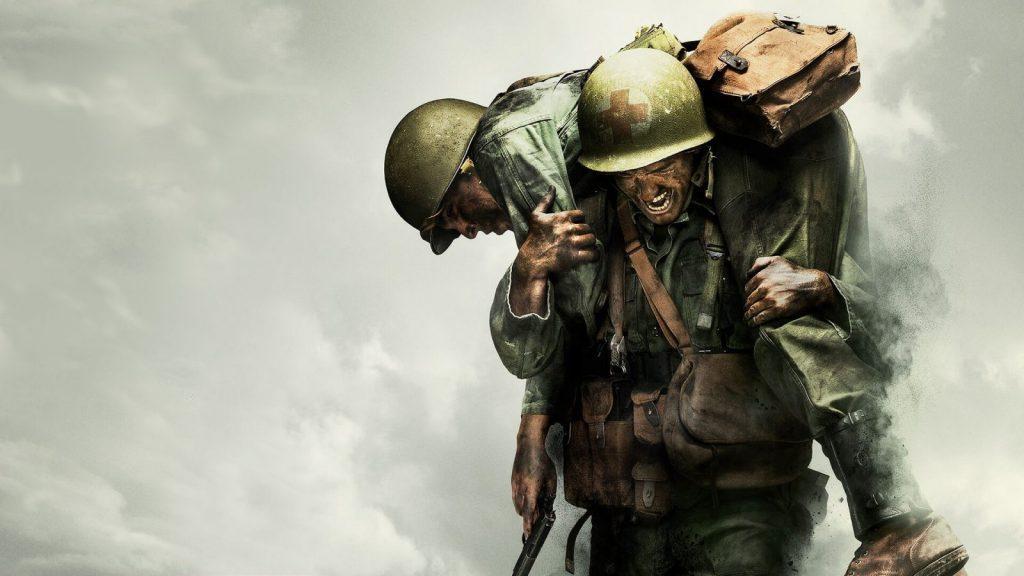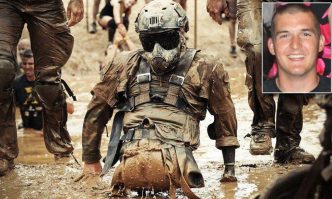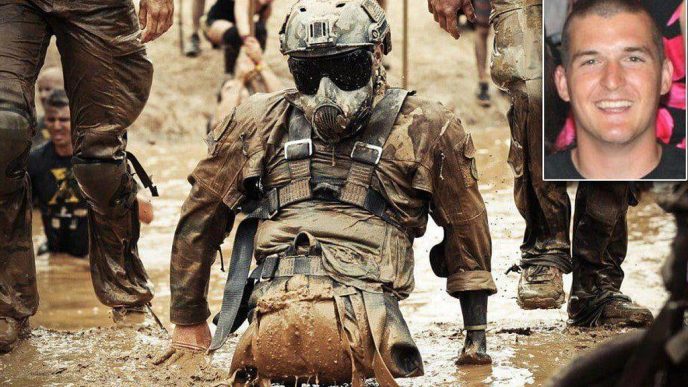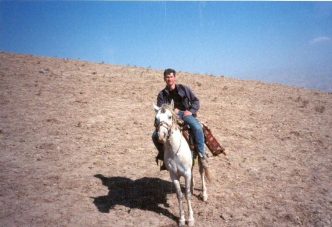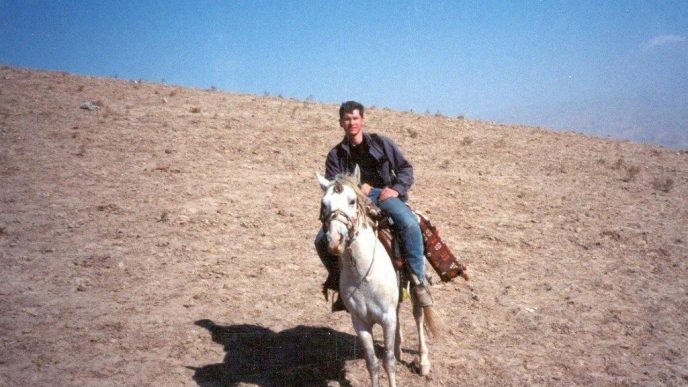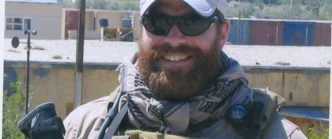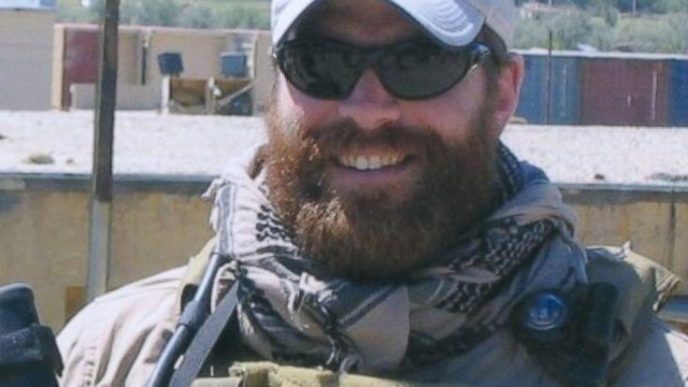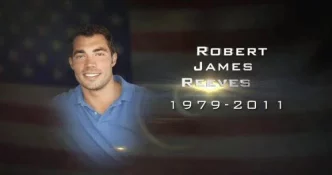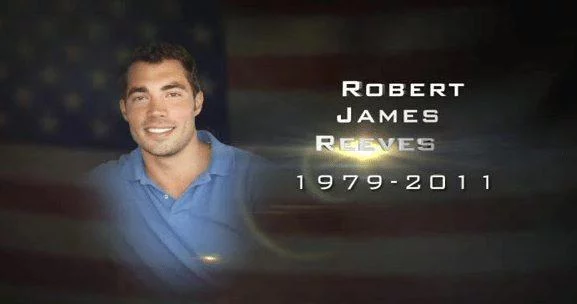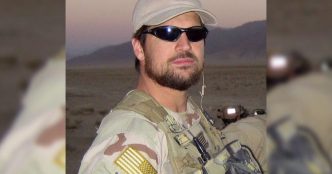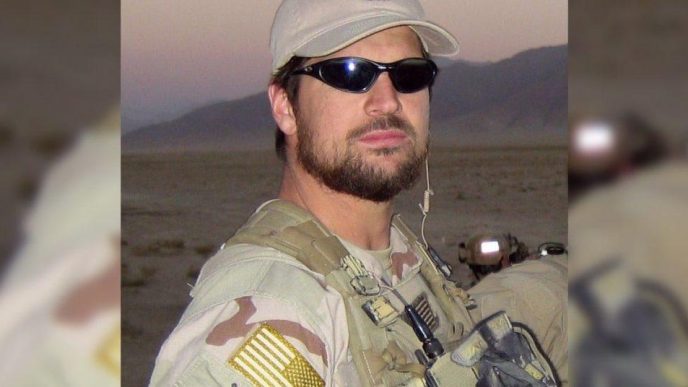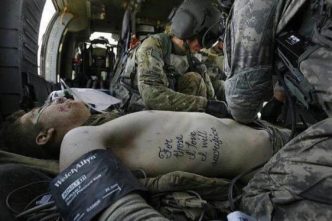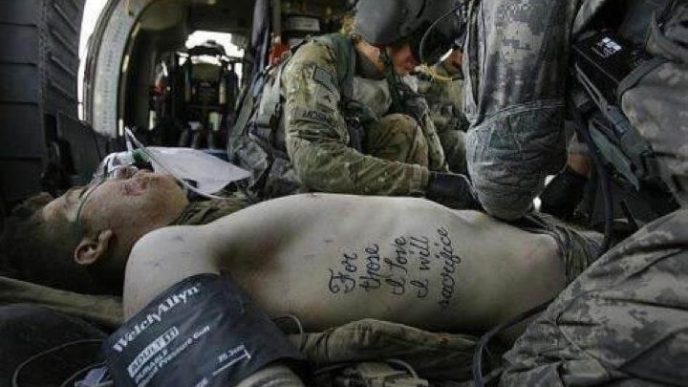In late April 1945, 26-year-old Desmond T. Doss and his battalion were called upon to help fight near Urasoe Mura, Okinawa, in a campaign that would be one of the last and biggest in the Pacific. Using cargo nets, Doss’ battalion was tasked with climbing a treacherous, 400-foot-high jagged cliff, nicknamed Hacksaw Ridge, to get to a plateau. Waiting for them were thousands of heavily armed Japanese soldiers entrenched in hidden caves and holes.
On May 5th the tide of battle turned against the Americans. Enemy artillery, mortars and machinegun fire began to rake into the ranks of Company B, 77th Infantry Division. Japanese soldiers swarmed out of their foxholes and caves in every direction. Almost immediately 75 men fell wounded, and the remaining men were forced to fall back and retreat to the base of the escarpment. The only soldiers remaining at the top of the cliff were the wounded, the Japanese, and Desmond T. Doss.
About a week into the fight, Doss was the only medic available to advance with the rest of the men, who were close to taking the ridge from the enemy. It was his Sabbath, but Doss joined his men anyway, just as the Japanese concentrated massive artillery and other heavy fire on them.
Heedless of the shells that burst around him and the bullets directed his way, Desmond tended his injured comrades. At the base of the escarpment, those few soldiers who had managed to escape the onslaught could only sit helplessly by and hear the sounds of the battle as the wounded struggled to survive atop the cliff. And then…amazingly…a wounded soldier appeared over the face of the escarpment. Dangling from a rope, he slowly descended to the safety of its base as a tall medic fed the rope through his hands from the summit. First one, then another, and another….and another. Heedless of the advancing Japanese, Desmond Doss went about the work of sending the wounded to safety. Reports of that day tell of Japanese advancing with rifles and bayonets to within a few feet of the medic, slowly lowering his men to safety, before one of the wounded could kill the enemy before they shot Doss.
For five hours Doss lowered soldier after soldier down the face of the escarpment, using little more than a tree stump to wind the top edge of the rope around. Throughout the five hours, Desmond had only one thought. He prayed, “Lord, help me get one more. Just ONE more!” How many men Doss saved that day, only God knows. One hundred and fifty-five soldiers went up the escarpment that day, and only 55 were able to retreat without assistance. The Army determined the conscious objector who had almost been court-martialed or discharged as unfit for military service, had saved 100 lives. “Couldn’t be,” Desmond had replied. It couldn’t have been more than 50. I wouldn’t have had the time to save 100 men.” In deference to Desmond’s humble estimate, when the citation for his Medal of Honor was written, they “split the difference”, crediting the intrepid soldier with saving 75 fellow soldiers.
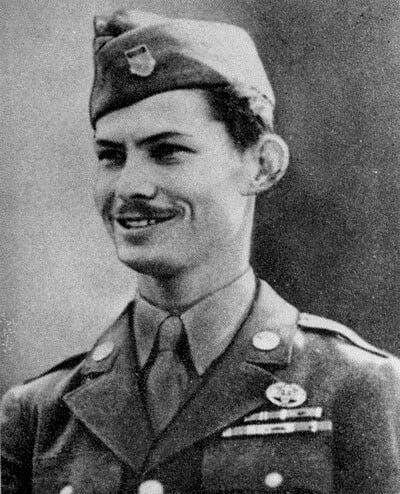
The bloody struggle for the Maeda Escarpment continued for weeks. On the night of May 21st, the Americans launched a bold attack. When the return fire forced the Americans to take cover, Desmond remained in the open to treat the wounded. Then he, and three other soldiers, crawled into a hole to wait out the darkness. Suddenly a grenade landed among them. Three men scrambled out but Desmond was too late. Reflexively he covered the grenade with his boot, then felt it detonate beneath him and hurl his body into the darkness of night. When he fell back to earth the leg was still there but bleeding badly from numerous wounds. Rather than call for another medic to leave the shelter and risk his own life, Desmond bandaged his own wounds and waited the five hours alone until daylight broke. As the litter bearers arrived with the dawn and began to carry the wounded medic out of danger they passed another critically wounded soldier. Desmond instructed them to put down his litter, then rolled off it and told them to take the other man. While he awaited their return he was joined by yet another wounded soldier. Together the two of them set out for safety, leaning upon each other.
Once again rifle fire split the morning. Pain stabbed Desmond’s arm which was curled across the shoulders of his new comrade. The sniper’s bullet went into his wrist, exited through his elbow, and then lodged itself in his upper arm. Had the bullet not hit Doss, it probably would have struck his wounded compatriot in the neck. Desmond borrowed his friend’s rifle and used the stock to fashion a splint for his useless arm. Then the two continued to crawl to safety.
Seventeen pieces of shrapnel were removed from Desmond’s leg and his arm set in a sling. On the hospital ship Desmond was being prepared for the return home. Desmond Doss’ war was over. He’d fought a good fight…his own way…without ever compromising his strong beliefs.
On October 12, 1945, President Harry S. Truman warmly held the hand of Corporal Desmond Thomas Doss, as his citation was read to those gathered at the White House. “I’m proud of you,” Truman said. “You really deserve this. I consider this a greater honor than being president.”
Before being honorably discharged from the Army in 1946, Desmond developed tuberculosis. His illness progressed and at the age of 87, Corporal Desmond Thomas Doss died on March 23, 2006. He is buried in the National Cemetery, Chattanooga, Tennessee.
The Hollywood movie
The HACKSAW RIDGE is the extraordinary true story of Christian Army Medic Desmond Doss who, in Okinawa during the bloodiest battle of WWII, miraculously saved 75 men in one night without firing or carrying a gun. Lionsgate is releasing the film nationwide on November 4, 2016.
https://www.youtube.com/watch?v=5I15k-ZsFZs
